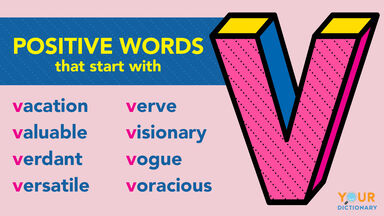

- Another word for editing that starts with a v software#
- Another word for editing that starts with a v windows#

See shortcut menu.Ĭontext-sensitive Help Information about an object and its current condition that is requested by the user.
Another word for editing that starts with a v windows#
Either drop-down or scrolling.Ĭommand button A standard Windows control that initiates a command.Ĭomposite An aggregated set or group of objects that is recognized as an object itself (for example, characters in a paragraph, a named range of cells in a spreadsheet, or a grouped set of drawing objects).Ĭonstraint A relationship between a set of objects, where making a change to one object affects another object in the set.Ĭontainer An object that holds other objects.Ĭontext menu The menu of commands that appears on right-click.

See also press.Ĭlipboard The area of storage for objects, data, or their references after a user carries out a Cut or Copy command.Ĭode page A collection of characters that make up a character set.Ĭollection A set of objects that share some common aspect.Ĭolumn heading A standard Windows control that can be used to provide interactive column titles for a list.Ĭombo box A standard Windows control that combines text box and list box functions. See also multiple-document interface.Ĭhord To press more than one mouse or keyboard button at the same time.Ĭlick (v.) To position the pointer over an object and then press and release a mouse button. See also parent node.Ĭhild window A document window used within an MDI window. Compare option button.Ĭhild node A subordinate node. Compare stop.Ĭascading menu A menu that is a submenu of a menu command (also referred to as a hierarchical menu, child menu, or submenu).Ĭheck box A standard control that displays a setting or a set of non-mutually exclusive settings, either selected (set) or cleared (not set). Auto-repeat events usually occur when a user holds down a keyboard key or clicks and holds a special control (for example, scroll bar buttons).īalloon tip A ToolTip style design to provide message information about a control or object.Ĭancel To halt an operation or process and return to the prior state. Compare active end.Īnti-aliasing A graphic design technique that involves adding colored pixels to smooth the jagged edges of a graphic.Īpply To commit a set of changes or pending transactions made in a secondary window, typically without closing that window.Īuto-exit A text box in which the input focus automatically moves to the next control as soon as a user types the last character.Īuto-joining The movement of text to fill a gap that remains after a user deletes other text.Īutomatic scrolling A technique whereby a display area automatically scrolls without direct interaction with a scroll bar.Īuto-repeat An event or interaction that is automatically repeated. An anchor point is usually established at the object logically nearest the hot spot of the pointer when a user presses a mouse button. Compare inactive window.Īdornment A control or status area that is attached to the edge of a pane or window, such as a toolbar or ruler.Īnchor point The starting point for a selected range of objects. An active window is typically at the top of the Z order and is distinguished by the color of its title bar. Compare passive voice.Īctive window The window in which a user is currently working or directing input. Compare anchor point.Īctive voice Sentence construction in which the subject performs the action of the verb-for example, "The administrator reset the password." Active voice is considered preferable to passive voice, although the latter is appropriate when you’re trying to avoid blaming the user.

It is usually established at the object logically nearest the hot spot of the pointer when a user releases the primary mouse button.
Another word for editing that starts with a v software#
A B C D E F G H I J L M N O P R S T U V W Z AĪccess key The key that corresponds to an underlined letter on a menu or control (also referred to as a mnemonic or mnemonic access key).Īccessibility The principle of designing software to be usable and accessible to the widest range of users, including users with disabilities.Īctivate To make an object’s state available.Īctive The state of an object that is the focus of user input, with its operations available.Īctive end The ending point for a selected range of objects.


 0 kommentar(er)
0 kommentar(er)
